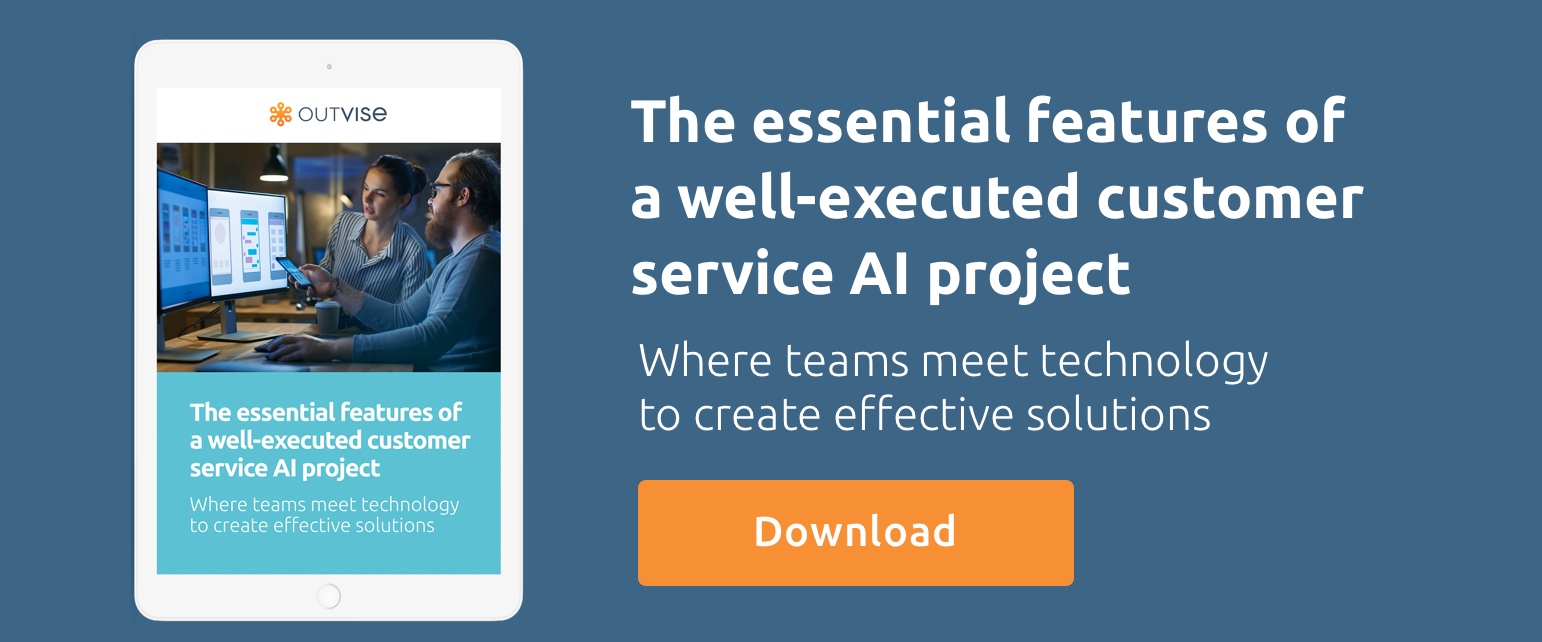Today, telecom companies in many regions are hitting a wall when it comes to revenue growth. As market penetration for standard telecoms services nears saturation in many regions, companies have fewer growth options via the ‘traditional’ means of untapped customer segments and instead, are looking to the merger and acquisition process. While arguably there are opportunities in developing markets, in mature spaces like the USA and Europe, the average penetration rate for services such as mobile telephony is well above 100%. This challenge is arising at a time when keeping customers means making huge investments, namely in speed and bandwidth-enhancing telecom fibre infrastructure and 5G buildout.
This leaves telecom companies in a difficult position; they need investment to meet demand, yet revenue streams are drying up. With eroding top lines and rising capital expenditure, telecoms players are facing falling valuations. A prime example is cable providers, who usually enjoy high valuation multiples given their growth performance historically. However, these operators have seen multiples drop by more than 20% in the last five years. Looking to the wider market, integrated operators’ multiples dropped by 7%.
As a result, more companies are looking to M&A and joint ventures to increase scale, improve investment synergies, and therefore, create value. Thus, M&A analysis is critical; companies need to identify the correct merger and acquisition process to support the capex required to enter the 5G and fibre infrastructure market. To facilitate the M&A analysis and execution processes, Telecom players require the right skills and expertise and have traditionally tapped into consulting talent. However the freelance market could be a more efficient and agile option to find the right talent.. Here, we take a closer look to ir.

Table of Contents
The changing character of the merger and acquisition process in telecoms
Historically, carriers have competed directly with each other for customers. However, as the sophistication of communications networks expands – via fibre, 5G, etc. – these providers serve a diverse community of retail consumers, service providers, content providers, and businesses. There is also an active wholesale market, catalysed by demand for greater network coverage, more bandwidth and more competitive pricing strategies. Therefore, investing in infrastructure is key, and to access these markets, companies need capital.
As introduced, to be able to afford these investments companies need to have the right scale and market reach and this is pushing for a new wave of mergers, acquisitions, and collaborations between players. Traditionally, the telecom merger and acquisition process mostly consisted of domestic consolidation moves to scale up networks. Certainly, there is still opportunity in this approach; however, the next generation of telecom M&A is likely to focus more on expanding portfolios beyond connectivity and entering into infrastructure deals. From 2013 to 2018, infrastructure deals represented just 10% of the total $1.1 trillion telecom M&A deal value; however, this share will rise as these companies face depleting options for growth in a mature industry.
This is especially the case as new investment streams – namely governments, pension funds, and infrastructure firms – view telecom infrastructure as a valuable investment. For example, research by consultants Bain & Company found earnings before interest, taxes, depreciation and amortization multiples among infrastructure businesses were three to four times higher than sales and services.
By selling off these subsidiaries or interests – often while still retaining a controlling interest – telecoms businesses can generate the cash they need to roll out telecom fibre infrastructure. This, in turn, will boost customer retention and unlock the more traditional revenue streams of new market segments. Meanwhile, shareholder commitments are maintained, unlocking further value in dividends and share buybacks. We’ll unpack this shift in the M&A landscape in the following section.
Why scale acquisitions are a dwindling market
Certainly, scale acquisitions are still an option; sure enough, they doubtlessly create synergies. According to Bain, on average, mobile-mobile deals had a synergy net present value of 60%. However, deals of this nature are becoming difficult. This is particularly due to industry consolidation, where the traditionally domestic acquisition candidates are already part of big conglomerates.
Equally, the regulatory environment is becoming more hostile to large scale-oriented deals. Monopolies commission are creating more and more obstacles for scale M&A, with a series of significant deals blocked in the last 5 years. For instance, in 2016, the European Commission blocked the sale of O2 from Telefónica to CK Hutchison, the owner of Three. Regulators argued that the deal would undermine consumer choice and raise prices. Meanwhile, in Denmark, the country’s second- and third-largest mobile telecom companies withdrew their merger bid after they found themselves unable to satisfy the European Commission’s concerns about reduced competition.
Fixed-mobile scale deals aren’t immune either. In 2019, the European Commission approved Vodafone’s deal to acquire Liberty Global’s operations in central and eastern Europe – but with a catch. Vodafone were compelled to open their German broadband networks to wholesale for Telefónica Germany, allowing broadcasters with channels on cable platforms to stream content via their own OTT services. This was designed to control prices for broadcasters, who could have been subject to price hikes over the cable network.
Furthermore, the time, cost, and the aforementioned regulatory hurdles necessary for scale deals are expected to increase. Naturally, this increased regulatory scrutiny ups the ante on due diligence and the depth of business planning. This is a tightrope when it comes to ensuring that the deal is profitable, as any missteps can lead to lost value. Thus, telecoms and investors alike are reappraising their approach to the merger and acquisition process, focussing more on portfolio diversification and infrastructure.
Leveraging merger and acquisition process to expanding offerings
Considering the challenges faced with the more traditional scale approach to telecom M&A, companies are augmenting their strategy. One such example is expanding the scope of their offering. Essentially, this means that telecoms players are looking to expand their portfolios and build out verticals to find a niche competitive edge. This will, in turn, enable them to enter new markets and diversify their income streams. Such deals take on a much more diverse character than scale acquisitions, spanning mega multimedia deals to small IT acquisitions.
For instance, telecoms could use the merger and acquisition process to enrich B2B offerings. By merging with an IT service provider, they could offer mobility services, cybersecurity programmes or cloud services as part of a telecoms package. For example, in May 2019, Orange bought SecureLink to tap into the growing enterprise security market. In the wake of their earlier acquisition of SecureData, these deals positioned Orange as a leader in cybersecurity in the European market. They made similar moves with business services, where their acquisition of Basefarm Holding and Business & Decision enabled their entry into computing services and analytics.
Looking to B2C opportunities, another possibility is to pursue mergers and collaborations with content providers. For instance, AT&T brokered a $85.4 billion merger with Time Warner to provide exclusive content. Meanwhile, telecoms companies are placing joint ventures and collaborations at the forefront of their strategy. Movistar – a telco that operates in Spain and Latin America, and as O2 in the UK and Germany – is aiming to differentiate its offering by consolidating content all in one place. With Movistar +, customers can access third party content alongside a unique Movistar offering.
Monetising infrastructure to reinvest
However, a compelling content service or robust security offering requires infrastructure. This creates somewhat of a catch 22 for telecoms providers, as they need capital to invest in infrastructure. However, there are ways that providers can structure deals to monetise infrastructure, and thus, attract investment. Amidst increasing uncertainty, investors know that infrastructure’s predictable cash flow is a safe bet. For instance, tower and fibre provider multiples were, on average, about 10 valuation points higher than mobile and integrated operators between 2016 and 2018.
This isn’t to imply there is a one-size-fits-all solution: the deal needs to be tailored to the assets that the company is trying to monetise. Telecoms need to be more nuanced in the way they broker deals, allowing them to retain control of infrastructure assets, while maximising financial gains. Examples of such strategies include French operator Altice, who sold 49.99% of their shares to SFR FTTH, or Vodafone and Telecom Italia, who joined forces to recreate the infrastructure asset Inwit.
Moreover, governmental bodies recognise the value of infrastructure, particularly fibre connectivity. In contrast their obstructive behaviour when it comes to scale M&A, the European Commission is investing heavily in infrastructure projects. These policies and financial instruments are designed to facilitate public and private investment in telecom fibre infrastructure. This is with a view to roll out Gigabit connectivity and uninterrupted 5G coverage, and access to 100Mbps connection speeds to all European households.
By offering funding for basic and re-usable digital services, or ‘building blocks’ as the EU calls them, they aim to meet these goals by 2025. Naturally, this public backing is a huge advantage for telecoms providers trying to capitalise on infrastructure. By enhancing the physical dimension of their networks, they can attract further investment via the safe bet of infrastructure, and in turn, meet demand for high-speed connectivity.
Sourcing the talent for successful deals
These fresh approaches to the merger and acquisition process require specific expertise. However, the scramble to put these deals in motion has led to somewhat of a drought in talent in traditional labour markets. This is particularly the case when it comes to the concrete aspect of infrastructure-driven M&A or joint ventures; specialist profiles, such as network designers, are becoming difficult to come by. Equally, consultants with the relevant experience in the merger and acquisition process in the rapidly evolving telecoms space are a rare breed.
In today’s market, telecoms freelancing may hold the key to this obstacle. However, sourcing freelance talent comes with its own challenges. How do companies ensure professionals are certified? How do they target telecoms consulting experts specifically? Many HR managers compose calls for freelance expertise with some reticence, as an all-too-common scenario involves trawling through stacks of inappropriate applications. This is, of course, a waste of precious time and resources – especially at a moment when speed and economy is of the essence.
Outvise seeks to eliminate this obstacle and connect companies with the expert telecom consulting they require. Outvise is a curated network of digital and TMT experts, with profiles ranging from M&A analysis to technical due diligence, to network design. Thanks to Outvise’s team of specialised headhunters and bespoke project-matching algorithm, these niche profiles are at telco’s fingertips, with some profiles matched to projects in less than 24 hours.
Broker profitable merger and acquisition process with the right expertise
In the current climate, there’s no denying that telecoms companies need to become more sophisticated when it comes to the type of investors they pursue. Pension funds, government departments, and private equity are all cash-rich investors that require their own special treatment, not least because all of them will expect stable returns on long-term investments.
Whichever route companies take – whether it’s via expanding the scope of their offering, monetising infrastructure investment, or indeed, scaling up their operation – M&A strategy needs to align with corporate strategy. Businesses need a clearly defined roadmap of where they want to go and how they can use investors’ backing to create new revenue streams, while supporting the core business.
Drawing up the right strategy is all about timing. For instance, in some markets, the move to 5G is well underway; in other markets, however, 5G auctions have yet to take place. While the situations differ for every company in every region, the telecoms operators that will do the best job of navigating the shifting M&A landscape will be those that are supported by the right experts.
Projects such as this need expertise at every stage. From due diligence to M&A analysis, to business and financial planning, right through to network design, entering markets such as telecom fiber infrastructure requires specialist support. Much of this talent can now be found on the freelance market – and with platforms like Outvise, telecoms companies can connect with the experts they need. Explore the curated portfolio of professionals here.
Michael is an expert in fiber optic roll-out, commercial excellence and go-to-market optimization. Having a track record in corporate finance, strategy development and strategy execution he is a bridge-builder between business and technology. Having worked for over 25 years in international roles in a leading telco-group, covering expert and executive positions in CEE and Asia as well as in Germany Michael is now an independent consultant to investors and companies who are interested in expanding into or fostering their existing Telco related business. Michael is German and based in the Cologne region.





No comments yet
There are no comments on this post yet.